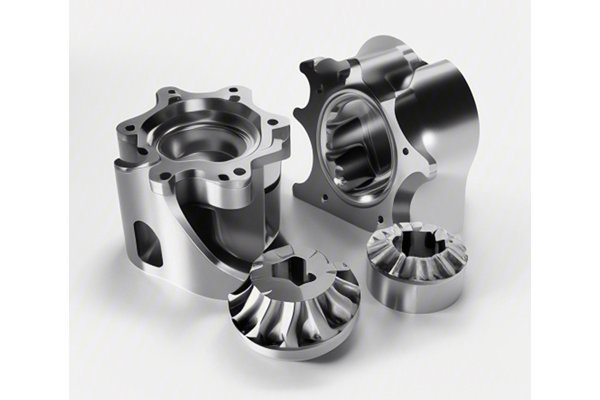—
Did you know that brass components, favored for their high corrosion resistance and machinability, are used in nearly every industry, from plumbing to electronics? In fact, the global brass alloy market was valued at over $12 billion in 2020 and is projected to grow. With applications ranging from musical instruments to automotive parts, understanding how to achieve precision in CNC (computer numerical control) machining of brass is more crucial than ever. How can manufacturers ensure the utmost precision when working with this versatile yet challenging material?
Section 1: The Importance of Precision in CNC Machining
Precision is not just a buzzword in manufacturing; it’s a vital component that influences the functionality, durability, and overall quality of the final product. In CNC machining, especially for brass components, precision plays the following roles:
Section 2: Understanding Brass as a Material
To effectively machine brass, it’s essential to understand its properties. Brass is an alloy made primarily of copper and zinc, and it exhibits several characteristics that impact CNC machining:
Understanding these properties helps machine operators and manufacturers predict potential issues and implement the correct techniques to achieve precision.
Section 3: Precision Requirements in CNC Machining of Brass Components
Achieving precision in CNC machining brass is multi-faceted—needing attention to multiple aspects, including machinery, tooling, programming, and workflow. Here are the core precision requirements:
3.1 Tolerance Levels
Tolerance indicates the allowable deviation from specified dimensions. In CNC machining, standard tolerances for brass typically range from ±0.005 inches to ±0.001 inches, depending on the application. Advanced projects may require tighter tolerances.
Solution: Ensure that the CNC machine is calibrated correctly and that the programming accounts for the desired tolerances through simulation before actual machining.
3.2 Surface Finish
Brass components often require a specific surface finish for aesthetics and performance. The finish directly affects friction, wear resistance, and appearance.
Solution: Post-processing techniques such as polishing, anodizing, or coating can significantly improve the surface finish. Tools with appropriate surface finishes should also be selected to minimize unnecessary work.
3.3 Tool Selection
The selection of cutting tools impacts precision greatly. Brass can be machined effectively using high-speed steel (HSS) or carbide tools. Choosing the right cutting geometry is critical for achieving the required precision.
Solution: Evaluate tools based on their ability to handle brass without excessive heat generation or wear, ensuring that they maintain their sharpness throughout the machining process.

3.4 Cutting Parameters
Parameter settings during the CNC machining process, including feed rate, spindle speed, and depth of cut, play a critical role in achieving precision.
Solution: Use data from previous machining operations to inform decisions about optimal cutting parameters, and consider simulations to fine-tune these for the specific brass alloy.
Section 4: Challenges in Achieving Precision with Brass Components
Even seasoned machinists face challenges when working with brass. Here’s a breakdown of common obstacles and solutions:
4.1 Tool Wear
Brass can produce chips that accelerate tool wear, affecting precision over time.
Solution: Utilize modern coatings on tools specifically designed for brass machining to reduce wear and extend tool life.
4.2 Chip Control
Achieving effective chip removal is crucial during brass machining, as poor chip control leads to part inaccuracies.
Solution: Implement advanced chip management systems that accommodate the specific requirements of brass machining to maintain a smooth workflow.
4.3 Thermal Expansion
Changes in temperature during machining can lead to thermal expansion or contraction, affecting dimensions.
Solution: Maintain consistent temperature settings and invest in machining centers equipped with cooling systems to manage heat.
Section 5: Best Practices for Achieving Precision in Brass CNC Machining
To summarize and enhance your processes, consider the following best practices:
Achieving precise CNC machining of brass components is both an art and a science. By understanding material properties, perfecting cutting parameters, and addressing common challenges, manufacturers can produce high-quality brass components that meet rigorous industry standards.
This blog highlights the necessity of precision in CNC machining and provides actionable insights to resolve precision-related challenges in brass manufacturing. As industries increasingly rely on expertly crafted components, staying abreast of these technical aspects will not only enhance product quality but also ensure competitiveness in the market.
Remember, the path to precision is continuous; with ongoing attention to tooling, process improvements, and operator training, the production of brass components can be optimized, reducing waste and increasing product lifetime—a goal worth pursuing in your manufacturing processes.



